NY TIMES OBITUARY
Gene Krupa, who changed the drummer in jazz bands from a timekeeper to a soloist through his flamboyant performances in Benny Goodman's orchestra in the nineteen thirties, died yesterday at his home in Yonkers. He was 64 years old.
The cause of death was not announced immediately, but Mr. Krupa had been suffering from benign leukemia for the last 10 years. He had entered a hospital in Yonkers last week for treatment of a heart problem connected with his leukemia.
Mr. Krupa, whose success was due at least as much to the eye‐catching image he created as it was to the sounds he produced on his drums, declared a few years ago:
“I've succeeded in doing two things. I made the drummer high‐priced guy, and I was able to project enough so that people were drawn to jazz.”
Applause‐Rousing Style
As a young man with the Goodman band, Mr. Krupa was lean, wiry, and handsome.
He hunched over his drums, chewing gum in vigorous tempo of the beat, a dangling lock of black hair waving back and forth in front of his eyes, which filled with an almost fiendish zest as he flailed away at his snare drum, tom‐toms, and cymbals. Suddenly, he would rear back, holding both arms in the air as he pounded his bass drum with a foot pedal. And then, perspiration dripping from him like a tropical rainfall, his arms and drumsticks became a blur of motion as he built his solo to a crashing climax.
The cheers that filled the dance halls, nightclubs, and theaters when he had finished sounded more like the response at an athletic event than a musical performance.
As a result, the long drum solo quickly became a sure‐fire applause rouser in jazz and has continued on through the rock era.
Despite the frenzied, flashy showmanship of his solos, Mr. Krupa tried to give them substance and continuity.
“Before I begin a solo,” he told George Sinion, a jazz historian who is a drummer himself, “I try to have a good idea of what I'm going to play. Then, while I'm playing, I'll hum some sort of thing to myself, something maybe like ‘boom‐bid‐bee, boom‐bid‐bee, boom’ and follow that with another phrase that relates to the one I just played.
From Chicago Group
“At the same time, I keep humming to myself so that each syllable becomes not only a separate beat, but also a separate sound. That's very important because drums, if they're to be musical, must produce sounds, not just noise. So a ‘boom’ could be a deep‐sounding tom‐tom and a ‘clang’ a rim shot on the snare drum and ‘paaah’ could be a thin cymbal.”
Mr. Krupa, who was born in Chicago on Jan. 15, 1909, came into jazz as part of a group of young musicians who were identified with “Chicago style” in the late nineteen‐twenties—a group that included Benny Goodman, Eddie Condon, Bud Freeman, and Jimmy McPartland.
6 Spectacular North American Train Trips
He was drumming with a band of youngsters called the Frivolians on a summer job at Wisconsin Beach near Madison, Wis., when he was 12.
At 16, he entered St. Joseph's College, a preparatory seminary in Indiana, to study for the priesthood, but dropped out after a year.
During the next two years, he played in a band led by Thelma Perry, a girl bass player, in the Benson Orchestra of Chicago and in Leo Shukin's orchestra, which included Joe Sullivan, pianist, Mezz Mezzrow, saxaphonist, and Frank Teschemacher, clarinetist, all destined to become well‐known jazz figures. He jammed with other young jazz‐minded musicians at the Three Deuces and began to study drums with a variety of teachers.
He made his first record on Dec. 9, 1927, with the McKenzie‐Condon Chicagoans, a group organized by Red McKenzie, a singer, and Mr. Condon. The Chicagoans also included Mr. Freeman, Mr. McPartland, Mr. Sullivan, and Mr. feschemaoher, all of them making their recording debuts.
Broke Recording Tradition
This was one of the first recording sessions on which a pass drum had been used. Normally, drummers used only small drums and wood blocks on records because it was believed that the vibrations caused by a bass drum would cause the recording needle to jump. When Mr. Krupa innocently set up his usual equipment, including the bass drum, the recording manager rushed into the studio shouting, “You can't use those drums. Throwthose drums out!”
But the musicians protested, and a compromise was reached when rugs were put down to absorb the vibrations.
“Gene beat the heck out of the drums all the way through the set,” Mr. McPartland recalled, “which was fine for us because he gave us a good solid background.”
During the next eight years, Mr. Krupa played in Chicago and New York, sometimes with his jazz friends in Red Nichols's or Mal Hallett's bands, more often in dance bands such as Irving Aaronson's, Russ Columbo's, or Buddy Rogers's. He was playing with Mr. Rogers in Chicago when he got the call to join Benny Goodman's new band in February 1935.
Dubious About Change
Mr. Krupa was dubious about making the switch because Buddy Rogers's band worked steadily, while the Goodman band, less than a year old, was a very shaky proposition that had already lost jobs at Billy Rose's Music Hall and at the Roosevelt Grill in New York. The drummer finally decided to take a chance with Mr. Goodman.
“From the time he joined his,” Mr. Goodman recalled saying years later, “Gene gave the band a solidity and firmness, as far as rhythm was concerned, that it never had before.”
With the Goodman band, Mr. Krupa was able to put into practice some of the drummer's showmanship that he had been learning from watching Cuba Austin of McKinney's Cotton Pickers and from Chick Webb. “The most luminous of all drum stars,” Mr. Krupa called Mr. Webb. “The master, the little giant of the big noise!”
His showmanship reached full flower with “Sing Sing Sing,” a tune by Louis Prima that the Goodman band began playing early in 1936. At first, this was a relatively standard Goodman‐type arrangement by Jimmy Mundy, including a vocal by Helen Ward. But it was gradually extended as, midway through the performance, the band switched to Chuck Berry's “Christopher Columbus,” and Gene Krupa went to work on his tom‐toms to create the first extended jazz drum solo.
A few months after he joined the Goodman band in 1935, Mr. Krupa took part in the first recording by the Goodinan Trio an experiment that had first been tried at a party at the home of Mildred Bailey, the singer, when Mr. Goodman, Teddy Wilson, the pianist, and Miss Bailey's nephew, a drummer, extemporized a few pieces.
Mr. Goodman liked the results so much that he decided to make some trio records, using Mr. Krupa. The success of these records not only set a style for big bands to draw small groups from the full band but pointed toward a small group format that Mr. Krupa used in the last two decades of his career.
By early 1938, Mr. Krupa, who had become as celebrated as a drummer as Mr. Goodman was as “King of Swing,” was at odds with the bandleader. Shortly after the precedent-setting concert by the Goodman band at Carnegie Hall in January 1938, Mr. Krupa left the band and formed one of his own.
His band quickly developed a popularity that rivaled that of the Goodman band, particularly after Anita O'Day came on as vocalist and Mr. Krupa hired Roy Eldridge, a trumpet star who had been leading his own band.
He joined Benny Goodman's band for several weeks in 1943, testing public reaction to his arrest. It seemed to be favorable to him — so favorable, in fact, that he was voted the country's outstanding drummer in January 1944. For the next six months, he toured with Tommy Dorsey's orchestra and then formed a new big band of his own that, like the Dorsey band of the period, included a large string section.
The band was a disappointment to most Krupa fans, but, as he cut away the strings, it got back in a swinging groove but with new accents to accommodate the new sounds that were coming into jazz in the nineteen‐forties, including arrangements by such young newcomers as Gerry Mulligan.
Mr. Krupa continued to lead his big band until 1951, when he began three years of touring with the Jazz at the Philharmonic troupe. From then on, he led trios or quartets, at first featuring Charlie Ventura, saxophonist who had been with the second of his big bands, and, from 1954 on, Eddie Shu, another saxophonist.
Temporarily Retired
In 1960, he suffered a heart attack and, on physician's orders, reduced his performances to six months a year. More than half of his time (18 weeks a year) was spent at the Metropole, just off Times Square. In 1967, he announced his retirement — “because I felt too lousy to play, and I was sure I sounded lousy.”
But three years later, chafing at his idleness, he was back at work again on a limited schedule. Last spring and summer, he made several appearances with the other members of the original Benny Goodman quartet — Mr. Goodman, Teddy Wilson, the pianist, and Lionel Hampton on vibraphone. They played at Carnegie Hall on the opening night of the Newport Jazz Festival in New York last June. His last appearance was with the quartet in August at Saratoga Springs, N.Y.
Mr. Krupa's first wife, Ethel, whom he married in 1933, died in 1955. He was divorced from his second wife, the former Patricia Bowler, whom he married in 1959.
Survivors include two adopted children and a brother, Jules of Chicago.
A requiem mass will be held tomorrow at St. Denis Roman Catholic Church in Yonkers. The body will be flown to Chicago for burial.
Gene Krupa
ORIGINAL NAME Eugene Bertram Krupa
BIRTH 15 Jan 1909
Chicago, Cook County, Illinois, USA
DEATH 16 Oct 1973 (aged 64)
Yonkers, Westchester County, New York, USA
BURIAL
Holy Cross Cemetery and Mausoleums
Calumet City, Cook County, Illinois, USA Show Map
PLOT Immaculata, Block A, Lot 22
Band Leader, Drummer. He was considered to be the first drum "soloist" by his introduction of extended interludes into jazz renditions, which brought the drum to the forefront in music. He was born Eugene Bertram Krupa in Chicago, the youngest of Slovak immigrants Bartley and Ann Krupa's nine children. The death of Bartley left Ann with the burden of supporting the entire family by working as a milliner designing, making and trimming women's hats. All of the children found employment to help their mother. Gene, age eleven, worked as a chore boy for the Brown Music Company a store located on Chicago's South Side which led to his future as a drummer. He took a little of his wages to buy a musical instrument. The cheapest available were the drums. His education was garnished from the Catholic school system in Chicago. In deference to his religious mother, he enrolled at St. Joseph's College, a seminary prep school in Rensselaer, Indiana, with the intention of a vocation in the priesthood but washed out. The musically inclined Eugene was proficient at playing the sax while still in grammar school but joined his first band "The Frivolians" as a drummer. Upon entering high school, he became associated with the "Austin High Gang" a group of musicians which led to percussion studies with famous drummer Roy Knapp and joined the musicians union which led to performances with various Chicago commercial bands. Gene moved to New York in 1929 and was recruited by Red Nichols. He along with Benny Goodman and Glenn Miller, performed in the pit band of the new George Gershwin play "Strike Up The Band." Krupa joined Russ Columbo's band which let to his joining Benny Goodman's band with a promise that it would be a real jazz band. He soon became discouraged as the band was relegated to playing dance music. Gene departed in 1938 forming his own orchestra which was an instant success upon opening at the Marine Ballroom on the Steel Pier in Atlantic City. During the band's tenure, he authored his own book titled, The Gene Krupa Drum Method." He appeared in several motion pictures including "Some Like it Hot" and "Beat the Band." The group took a hit when Krupa was charged with possession of marijuana and contributing to the delinquency of a minor. He was sentenced to 90 days, of which 84 were served. This incident triggered the demise of the band. Released from custody, Gene briefly joined up with Benny Goodman and Tommy Dorsey before forming his own band. The revised band remained intact until 1950, long after the era of the Big Band was history. By the late fifties, Krupa was prompted to slow down due to increasing back problems and in 1960, a heart attack forced him into a long period of recuperation, reemerging to perform with the Goodman Quartet throughout the US and abroad. His health became a problem again and he retired for good in 1967. Gene's final public performance was with a reunion of the old Goodman Quartet in August 1973 giving a greatly diminished performance followed by his death in October at his home in Yonkers. Although he had been under treatment for leukemia for several years, the official cause of death was heart failure. The most charismatic and innovative drum legend of the Swing Era was gone at age 64 but remembered at a requiem mass held at St. Denis Roman Catholic Church in Yonkers. Goodman, Freeman and McPartland gathered to pay their last respects. His body was transferred back to Chicago with burial in the family plot at Holy Cross Cemetery, Calumet City. Legacy...Gene Krupa will forever be known as the man who made drums a solo instrument. He single-handedly made the Slingerland Drum Company a success and inspired thousands to become drummers. His level of showmanship has never been equaled. His name is forever linked and synonymous with the drum. He convinced H.H. Slingerland of Slingerland Drums, to make tuneable tom-toms which gave one the ability to change the sound. The new drum design was introduced in 1936 named "Separate Tension Tunable Tom-Toms." He is considered "The Pioneer of the Modern Drum Set" and the company even today sells the a Gene Krupa Set with his signature plate mounted on the bass drum. Gene was a loyal endorser of Slingerland Drums until his death. He was inducted into the Big Band and Jazz Hall of Fame in 1983. In 1959, actor Sal Mineo portrayed Gene in the motion picture "The Gene Krupa Story." The film was very loose in the facts of Gene's career but did feature an excellent soundtrack recorded by Krupa himself.
Bio by: Donald Greyfield
Family Members
Parents
Bartlomiej Krupa
1863–1916
Anna Olszewska Krupa
1865–1928
Siblings
Kazimierz Krupa
1895–1908
Leo Krupa
1896–1937
Peter B. Krupa
1901–1969
Photo
Julius B. Krupa
1906–1985
Photo
Marjanna Krupa
1906–1924
Inscription
SON
Alaiyo on 11 Feb 2020
"Mr. Krupa, to me you were one of the most coolest drummer of the 20th. I just love your drum solo of drum boogie clip movie “Ball of Fire” WOW..! RIPin Eternity."
Left by Gracie on 19 Jan 2020
ADVERTISEMENT
BY
Looking for more information?
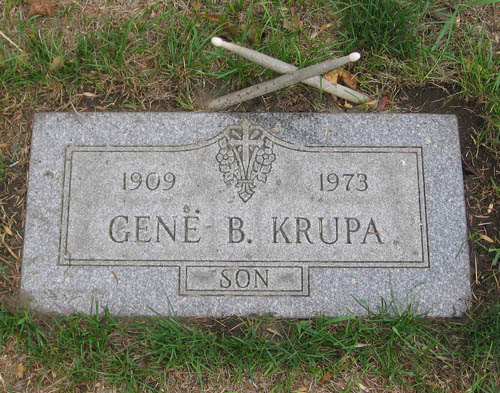
 Amanda S. Stevenson
Amanda S. Stevenson 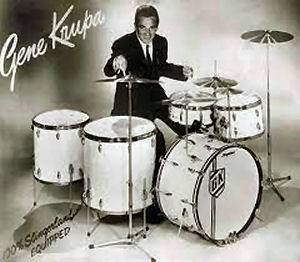
 Amanda S. Stevenson
Amanda S. Stevenson 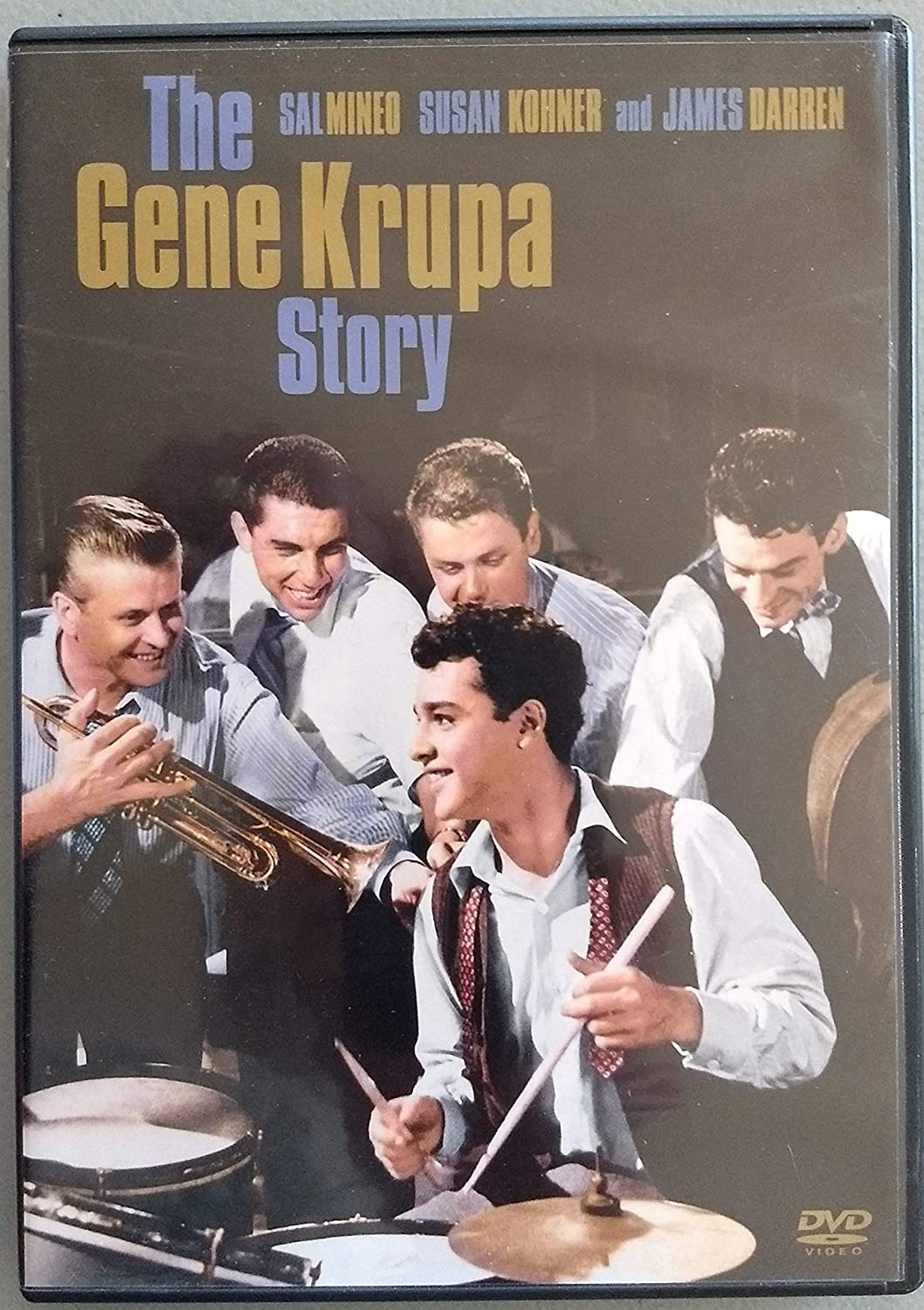
 Amanda S. Stevenson
Amanda S. Stevenson 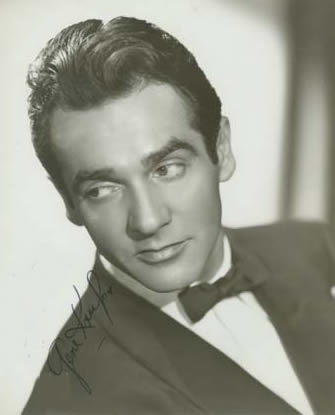
 Amanda S. Stevenson
Amanda S. Stevenson 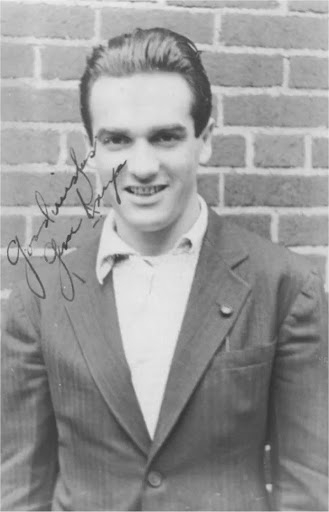
 Amanda S. Stevenson
Amanda S. Stevenson 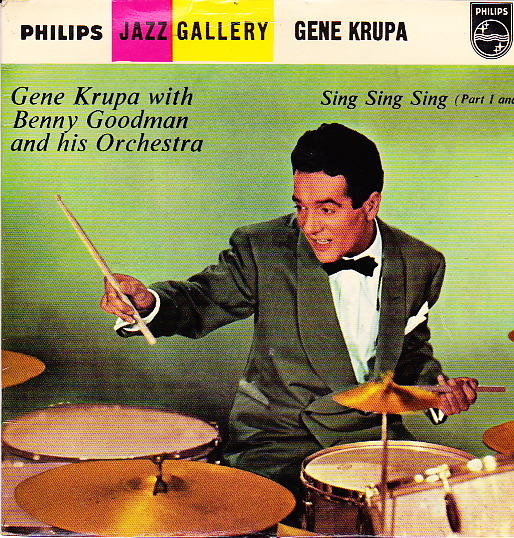
 Amanda S. Stevenson
Amanda S. Stevenson 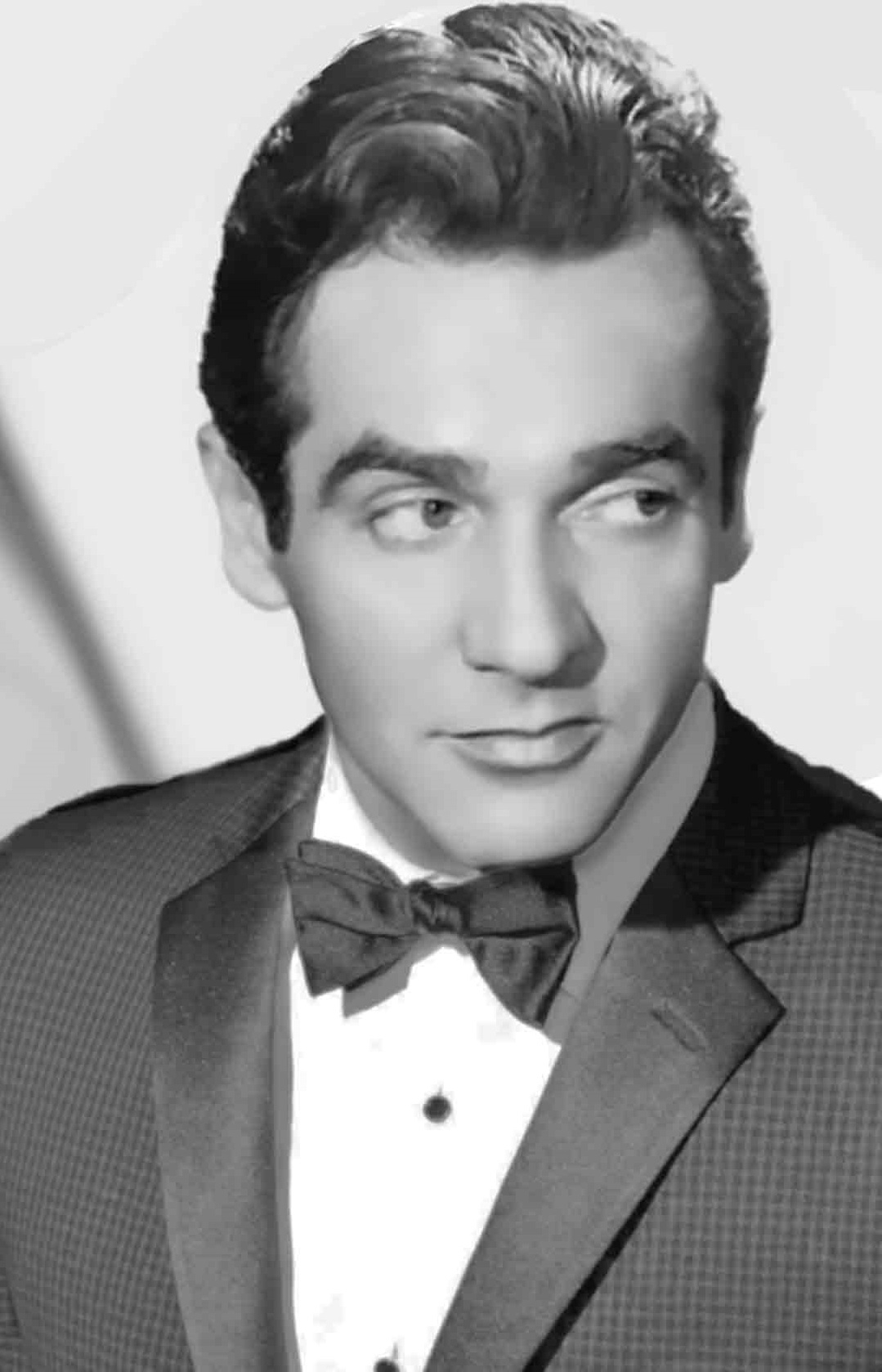
 Amanda S. Stevenson
Amanda S. Stevenson 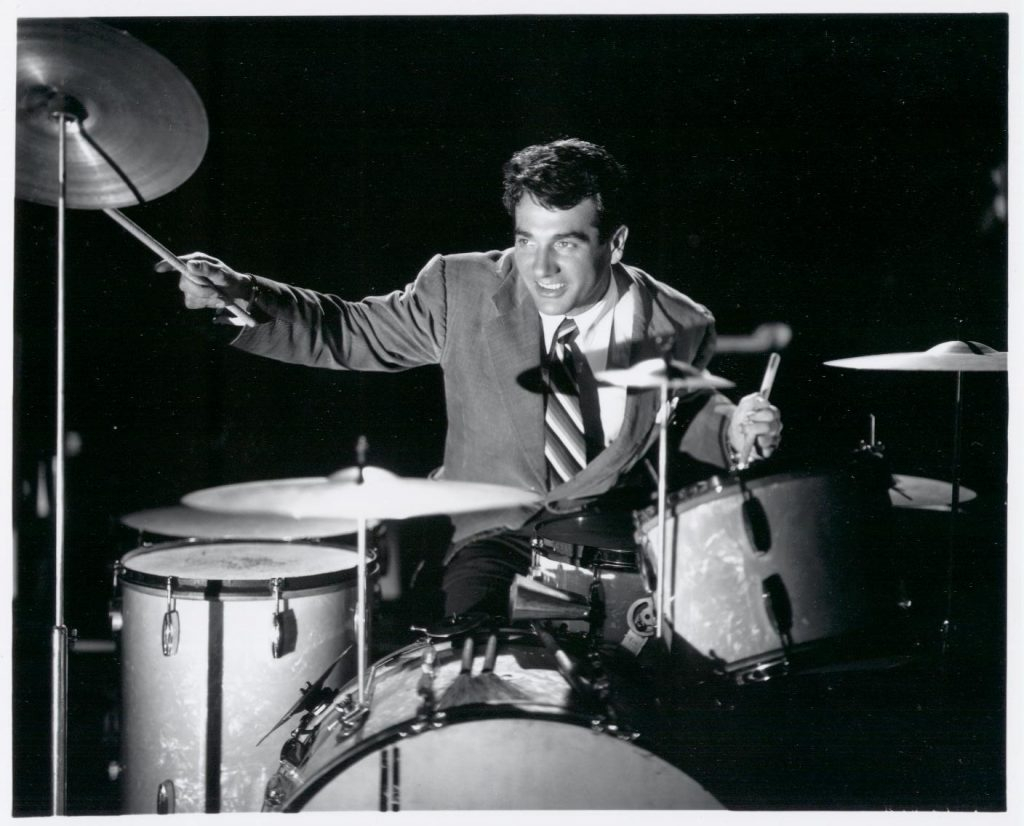
 Amanda S. Stevenson
Amanda S. Stevenson 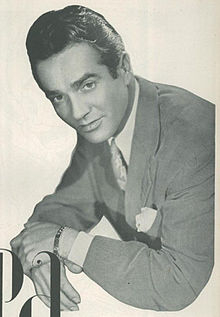
 Amanda S. Stevenson
Amanda S. Stevenson 